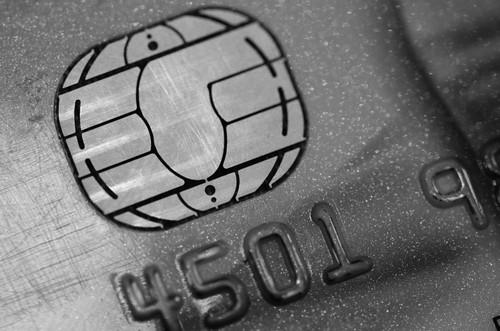Finance Globe
3 Reasons a Low Credit Card Rate is Better
The interest rate is one of the most important features of your credit card. It directly impacts the cost of your credit card whenever you carry a credit card balance. When you’re shopping for a credit card, it’s best to choose one with a lower interest rate. And once you have a credit card, you want to avoid things that will trigger an interest rate increase, like late payments for example. Here are a few benefits that come with having a low interest rate credit card.
You’ll pay less in interest.
Your credit card issuer charges interest on your credit card balance in the form of a finance charge. The lower your interest rate, the lower your finance charge will be. Let’s you have a credit card with a 10.9% interest rate and a $1,000 balance. Your finance charge would be $9.08. If your credit card interest rate was double that – 21.8% - your finance charge on the same exact balance would be $18.17. You wouldn’t get anything extra for the additional finance charge. You’re simply paying more interest because the credit card issuer has decided that’s the interest rate that should be applied to your balance.
You can pay your balance off faster.
Not only does a lower interest rate save you money, it also allows you to pay off your balance faster. In a sense, your credit card payment is split among your finance charge and your credit card balance. When more of your payment goes toward paying interest, it takes more time to pay off your credit card balance.
For example, it will take you 23 months to pay off a balance of $1,000 at 11.9% interest if you pay $50 each month toward the balance. But if your interest rate increases to 21.9%, it would take you two extra months to pay off the balance. With larger balances and higher interest rates, the payoff time is even higher even with the same monthly payment.
Your minimum payment will be lower.
Many credit card issuers calculate the minimum payment as a percentage of the outstanding balance plus the monthly finance charge. Any fees are also included in the minimum payment calculation. The higher your interest rate, the higher your finance charge, and the higher your minimum payment will be. On small balances, it may not be noticeable, but with bigger balances, the interest rate makes a big difference in the minimum payment amount.
Credit card issuers generally have a range of interest rates assigned to a specific credit card. To qualify for a lower interest rate, you should aim to keep your credit intact. That means making all your monthly payments on time and keeping your credit card balances low.
If you believe you could qualify for a lower interest than you’re currently paying, contact your credit card issuer to request a lower rate. Alternatively, you can transfer your balance to another credit card, ideally one with a zero percent interest rate promotion.
A low interest rate helps you save money when you carry a balance on your credit card. You can take the interest rate out of the equation completely by paying your balance in full each month and avoiding interest altogether.
Comments
By accepting you will be accessing a service provided by a third-party external to https://www.financeglobe.com/



